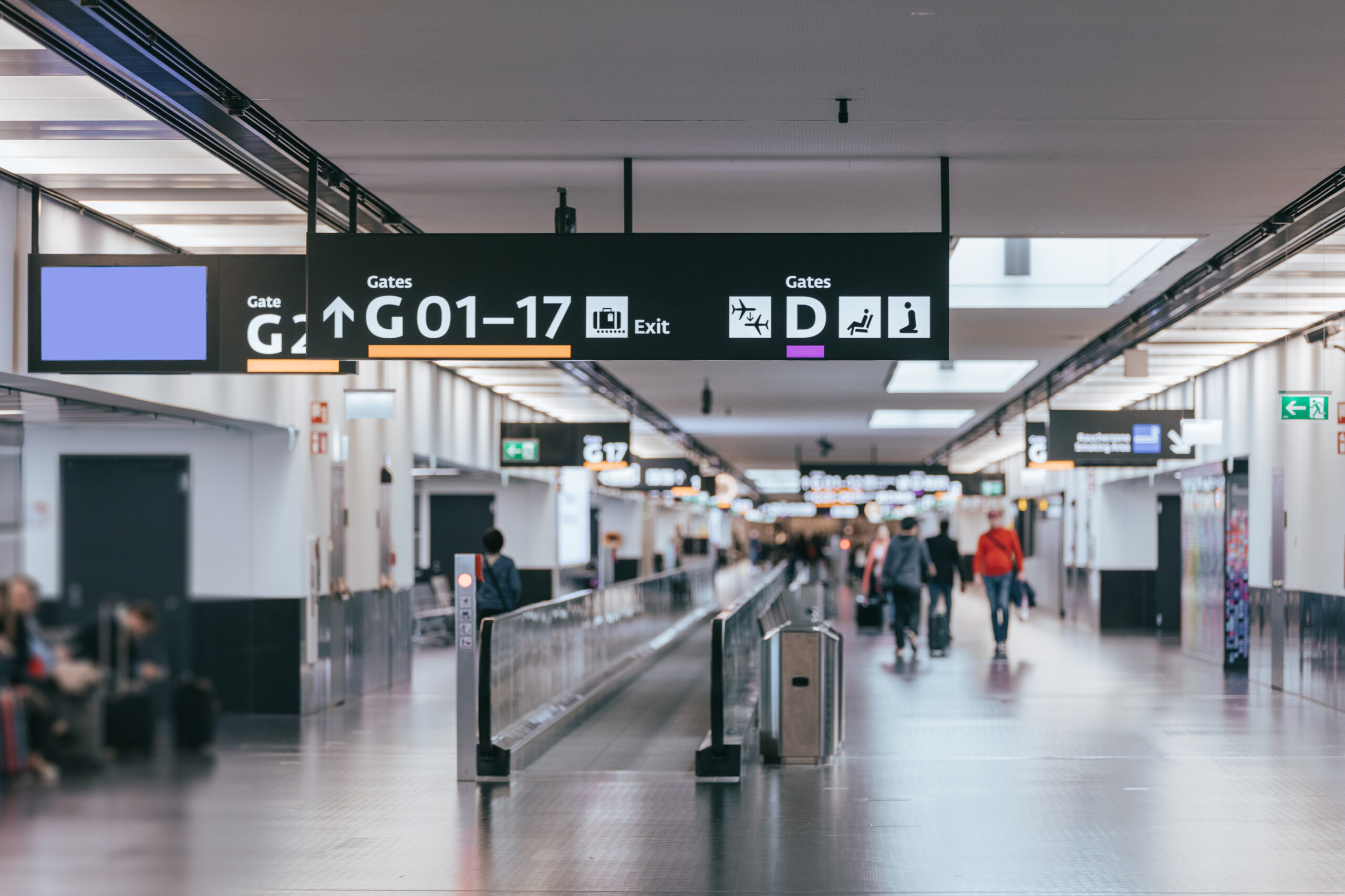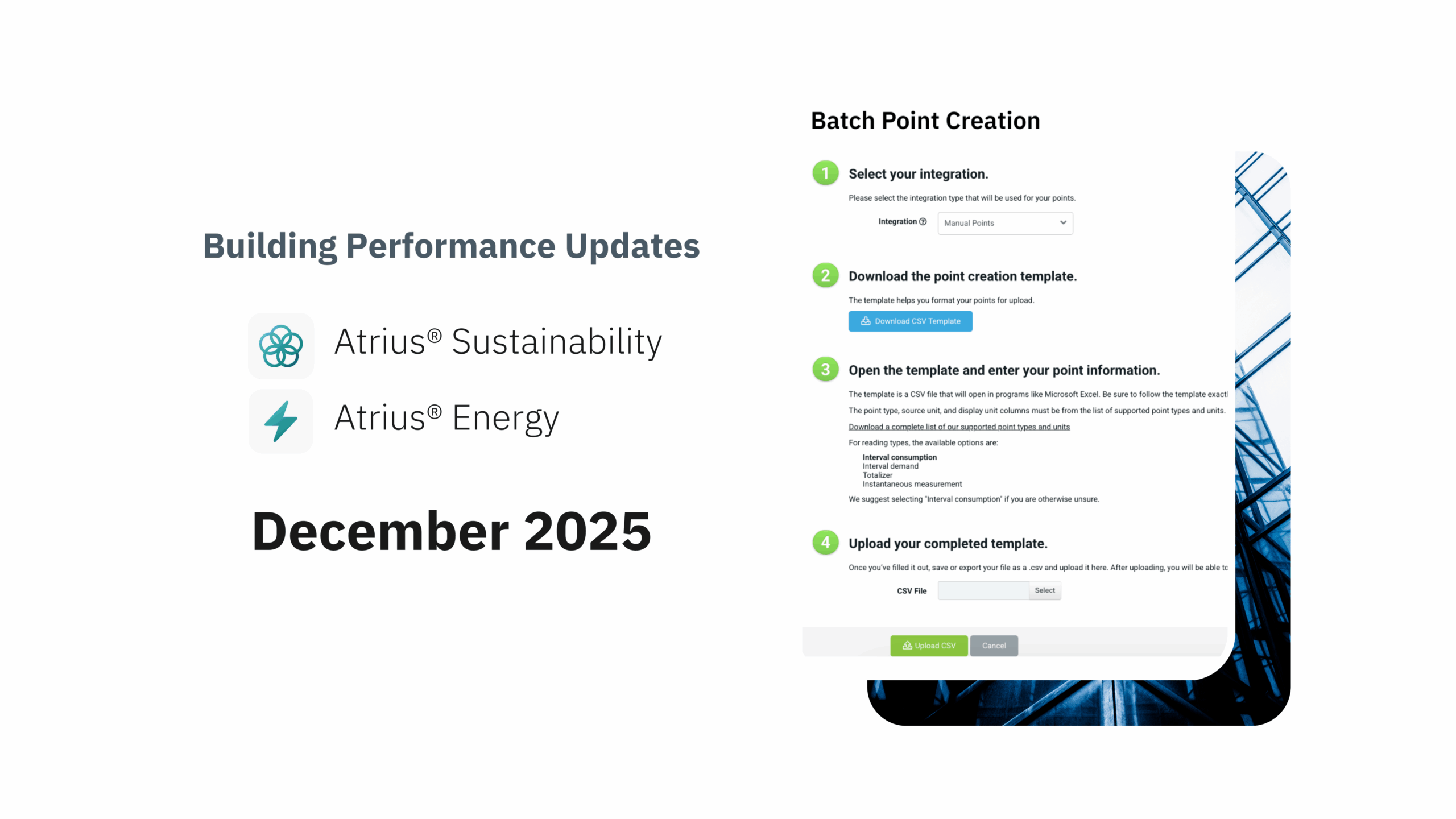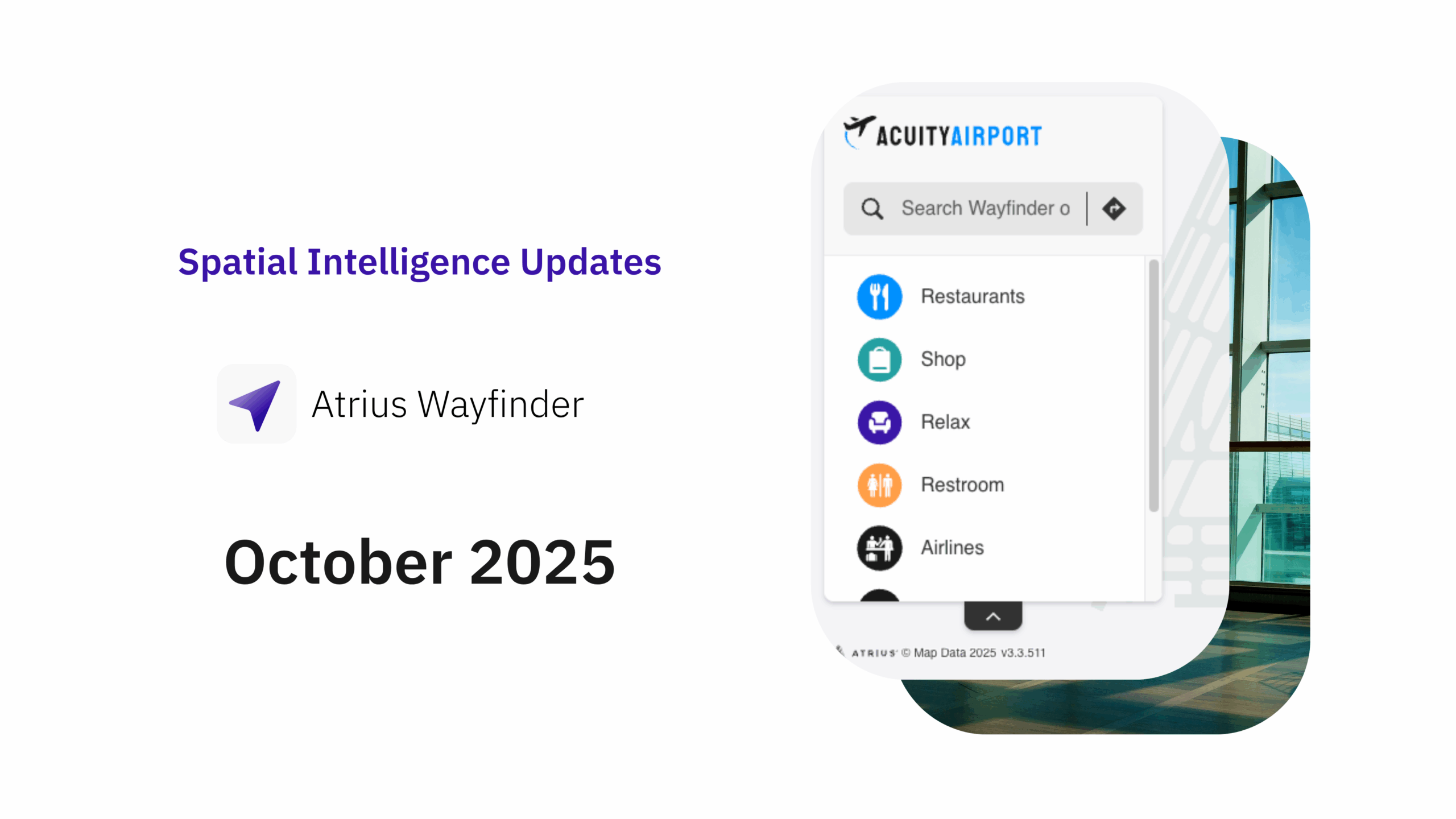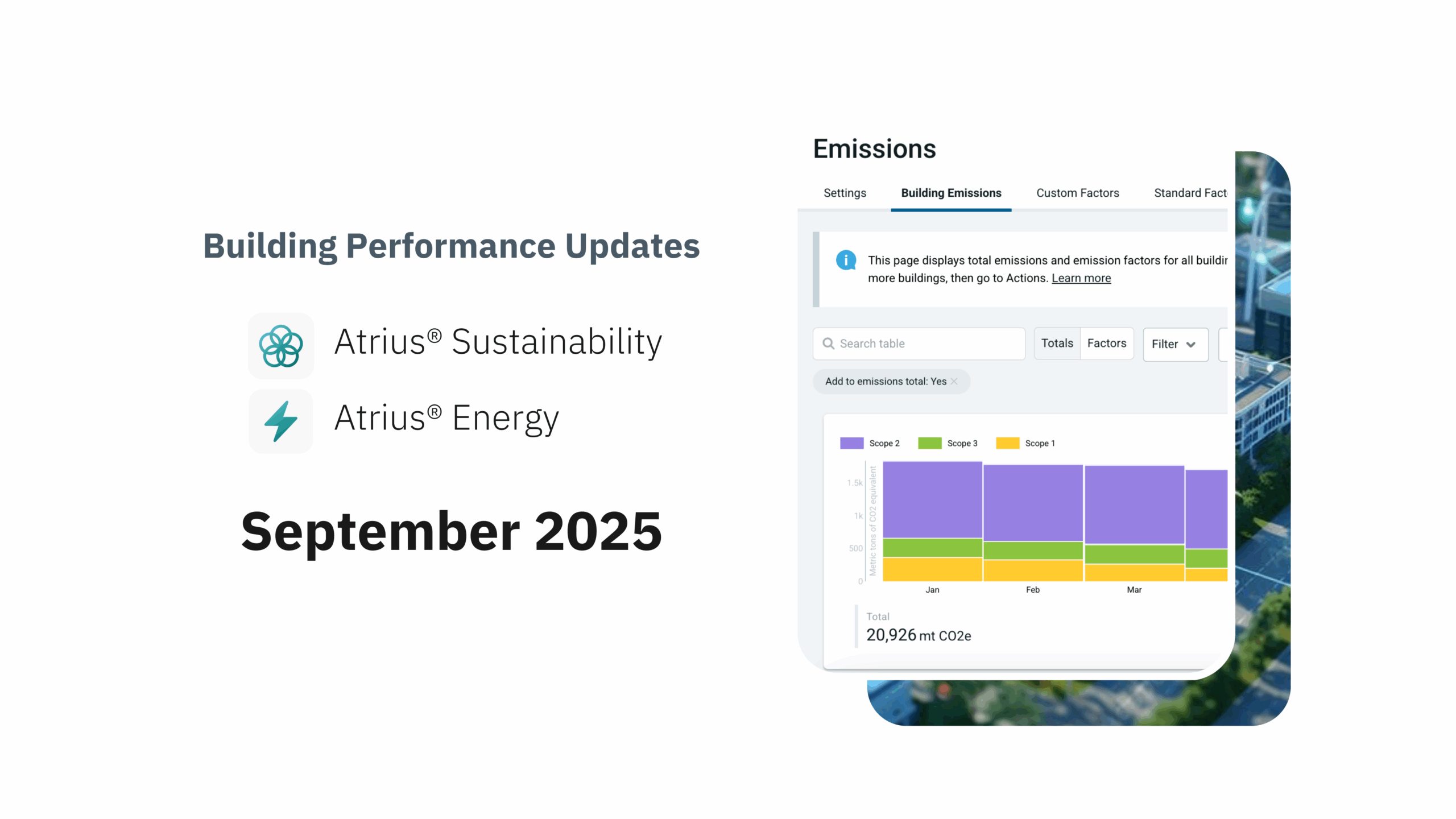Organizations are constantly looking for new ways to optimize their use of physical spaces, increase efficiency, and enhance the customer experience. It’s no secret that a thoughtfully designed and skillfully managed physical space can work wonders for organizations. By providing customers and employees with a memorable and enjoyable environment, physical spaces can drive revenue, streamline building operations, and curate the experience.
Airports specifically face ongoing challenges to improve airport infrastructure to not only make it safe for travelers but also efficiently meet the demands of arriving and departing passengers. According to The NPD Group (now Circana), almost one-third of Americans are planning more leisure travel this year than last year.
One of the latest technologies airports are using to forecast and enhance the passenger journey is utilizing existing camera infrastructure to digitize the physical space to improve on-the-ground experiences to monitor
- Passenger flow and TSA security wait times
- Lounge utilization
- Staff operations and other building metrics
Real-time data points can help teams understand how the airport is being used and collect actionable insights.
Reducing wait times at TSA checkpoints
One of the biggest challenges that airports face is managing queues and reducing wait times for passengers at TSA checkpoints. By tracking the number of passengers waiting in line and identifying bottlenecks, camera-based software solutions enable airports to make informed decisions to allocate resources and adjust staffing levels at security checkpoints. This could reduce wait times and ensure passengers move through TSA as quickly and efficiently as possible.
“Sorry, this lounge is at max capacity”
Airline lounges are a coveted space for frequent flyers to relax, work, and enjoy special amenities before a flight. Lounge access is a great way to escape the gate area, but these days, more and more people are gaining access to lounges through credit cards and loyalty programs. “When Amex’s Centurion Lounge network first reopened [after the pandemic] in July 2021, card members were sometimes asked to join a waitlist for entry at select lounges,” according to The Points Guy. While overcrowded lounges are not a new problem, many airlines have yet to implement a solution.
By evaluating live real-time data, vision software can help airline lounges understand important operating metrics such as:
- Monitor the number of passengers in a lounge
- Identify areas that need attention and send proactive alerts to staff
- When passengers leave to catch their flight
Analyzing passenger flow and the airport experience
Regarding air travel, the airport is the hub of the entire experience. Passengers utilize the airport in various ways, from checking in and dropping off their luggage to passing through security and making their way to their gate. Many people also take advantage of the airport’s terminal amenities, such as its restaurants and shops, to grab a bite to eat, or buy last-minute travel items. With the constant influx and outflow of people, it’s essential for airports to understand how passengers interact with airport spaces and proactively make adjustments in real time. By tracking passenger airport interactions around occupancy, footfall, and queue management, airports can better organize their facilities and services, optimize efficiency, and ultimately enhance the overall airport experience for all travelers.

Unlock real-time data with Atrius Vision
Imagine having a team 24/7 constantly watching your space and sending real-time alerts about what is happening. Atrius Vision helps you reimagine the power of existing cameras and analyze what is happening in your space. Learn more about Atrius Vision today and transform your vision data into actionable insights.



